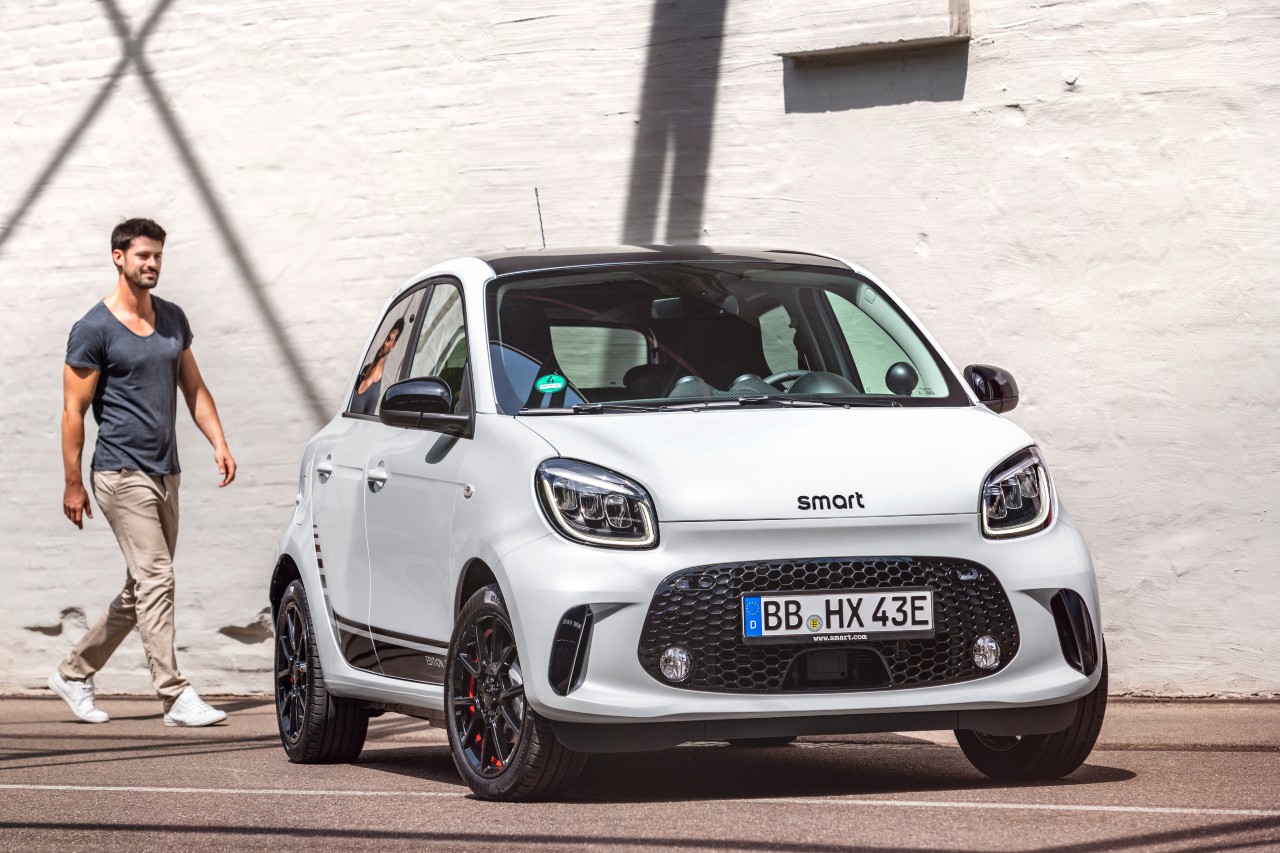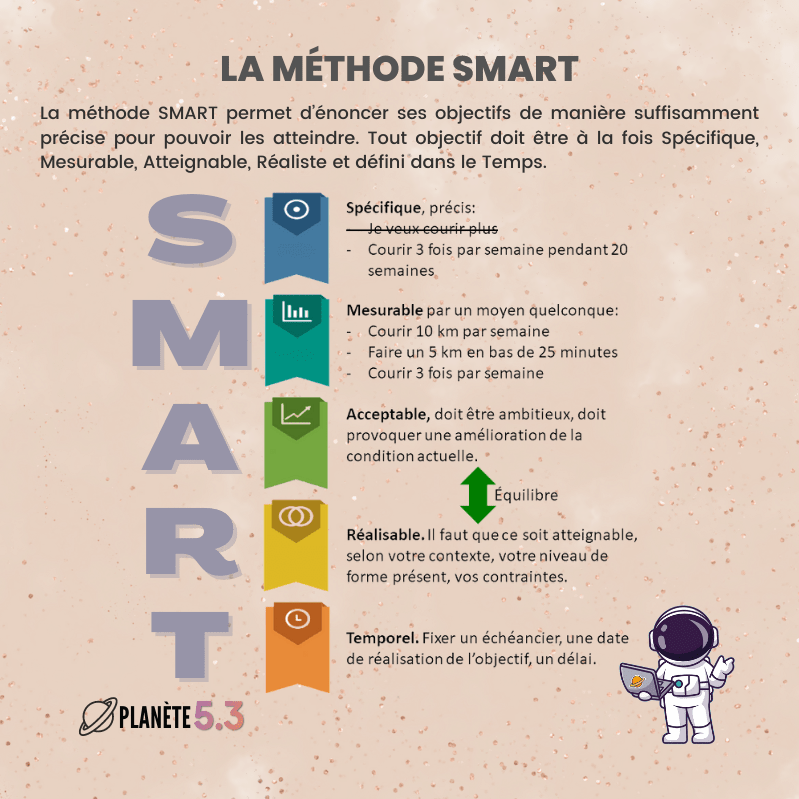
Now half under the Chinese flag, the other remaining with Mercedes-Benz, Smart is writing a new chapter in its history with a 100% electric urban SUV called #1. Never had a Smart been so family-friendly, until targeting the Mini Countryman. Here is our opinion on board in video.
The Smart brand is entering a new era, that of fully electric vehicles! No more electrified thermal models later. First opus of this strategy now under the Chinese flag Geely, the SUV Smart #1, to pronounce “hashtag one” or “hashtag one”. This vehicle announces the future models that will enrich the range thereafter. But let’s not go too fast and start at the beginning.
Smart #1: Son of Fourfour?

No more Forfour at Smart. To move more than two people, the brand will count from the beginning of 2023 in Europe (but from the summer of 2022 in China) on a leisure vehicle that is much more trendy than the city car. Especially since the latter was none other than the technical twin of the Renault Twingo III, which hardly convinced on a market segment in decline. With the #1, Smart ventures into new territory. The manufacturer explores on this occasion a stylistic universe based on fluid and elegant forms subtly stolen from Mercedes-Benz. Half-crossover, half-SUV, this model casts a wide net and will clearly have an objective of conquest – not to say that it will, on its own, have to ensure the sustainability of the brand. It is in line with the eponymous concept car presented in September 2021 at the Munich Motor Show. This production version, officially unveiled this Thursday, April 7, is only distinguished by a few subtle changes. Let’s take a tour of the owner.
TO READ. SmartConcept #1 (2021). A taste of the 1st electric Smart SUV
From concept to series: the game of 7 errors?


The headlights are larger, and scoops have been added to the corners of the front bumper to channel airflow and cool the front brakes. While in the center, the “mouth” has closed a little. Flag mirrors are appearing for legal reasons, while flush door handles now dress the sides. Note that, for an obvious question of manufacturing cost, the rear doors open conventionally and no longer antagonistically as was the case on the concept. But the prototype had to put on a show.


The pleasant surprise, however, is that the doors are devoid of frames, which adds a cut side to the car. An exclusive premium touch. Like any self-respecting urban SUV, the Smart #1 will bet on customization with the help of a floating flag in a color dissociated from that of the bodywork. Color that dresses the bottom of the body here and visually lightens the whole. We were able to embark on the launch edition, which will be limited to 1,000 units in Europe, including a hundred reserved for the French market. The Smart #1 Launch Edition is mandatorily white with a champagne gold colored roof.

The designers took care to accentuate the design of the rear quarter panel, evoking in passing those of the old Opel (Adam, Crossland or Astra Break). A choice that energizes the whole while offering a flat roof and a relatively vertical stern. It’s well done because, behind the visual artifices, the profile of the car turns out to be rather cubic, like that of a Kia e-Soul. Good omen on board.
272 hp at the rear wheels!

Never had Smart seen so big! With a format of 4.27 m, the watted SUV has a length almost equivalent to that of a Mini Countryman. Remember that, for the moment, the chic British adventurer is only available in a thermal or rechargeable hybrid variant; no 100% electric version is on the program. Among pure electrics, the Smart #1 targets the Mazda MX 30 and the Peugeot e-2008 by its size, but both are not the weight in terms of power. We’ll talk about that below.
“4.27 m long, the Smart #1 has a format equivalent to that of a Mini Countryman, a Peugeot e-2008 or a Mazda MX-30.“
Big by its length, the Smart #1 is also by its wheelbase. With 2.75 m between the axles, it offers between 10 and 15 cm better than its rivals. Developed by the Chinese manufacturer Geely, which is also the parent company of Volvo, the SEA technical platform of the Smart #1 is well laid out. It will also serve as the basis for the future Volvo XC20, which should be the main competitor of Smart #1. Once again, the manufacturer sees things big in terms of the characteristics of its car. Starting with a power of 200 kW (the equivalent of 272 hp) which is distilled to the rear wheels. With 100 kW (136 hp) and 107 kW (145 hp) respectively, the Peugeot e-2008 and Mazda MX-30 are far behind.
A Smart #1 Brabus in preparation?

The Smart SUV powers its electric machine through a battery with a capacity of 66 kWh which gives it an approved range of between 420 and 440 km according to the WLTP cycle. The recharge time is also very interesting with a 22 kW AC and 150 kW DC capacity which makes it possible to fill up with electrons in less than 3 hours in the first case and in only 30 minutes in the second. To finish with the technical sheet, the maximum speed is limited to 180 km, and the 0 to 100 km / h is achieved in 6.7 s. Subsequently, Smart does not rule out a more affordable version with less power, nor, Conversely, a high-performance variant featuring two motors and four-wheel drive. It would then be appropriate to badge it Brabus as before or AMG, which would be more corporate or not. Case to follow.
Two screens in series

On board, the main evolution between the concept car and the standard Smart #1 is logically the appearance of a rear seat instead of the two independent seats. While the central console in levitation which divided the passenger compartment is preserved. The upper part has no less than three very practical storage compartments, while the lower part accommodates a perfect compartment for placing a handbag or your personal effects out of sight. Charming note…

Good size, the 12.8-inch touchscreen with a resolution of 1,920 x 1,080 pixels promised by the concept remained on board, regardless of the level of finish (Pro, Premium and Launch Edition) . It is now accompanied by a 9.2-inch instrument panel located in front of the driver and also delivered across the entire range. Added from the core range (Premium) a head-up display on a 10-inch screen. Question digital surface, the Smart #1 is well off, and the connectivity follows.
#1 the king of modularity?

Access to the rear seats is somewhat penalized by the outline of the quarter panel drawn (as we told you above) in order to energize the profile of the vehicle. It will then be appropriate for the largest templates to hunker down when entering the cabin. But, once on board, the space is no longer counted neither at the level of the roof guard, nor in the legs. Especially since the Smart #1 has a bench seat sliding over an amplitude of 13 cm, and this, independently according to a 2/3-1/3 cutout. Rare equipment in the segment that only the Citroën C3 Aircross is able to compete with. In addition, the backrests can be reclined in five positions from vertical – ideal for storing boxes or any other parallelepipedal object in the boot – to a conventional angle of 20 degrees. The flat floor makes it possible to settle down correctly in the central place, and the panoramic glass roof supplemented by large side windows provides plenty of light.
A well-calibrated box

Depending on the position of the sliding seat, the loading capacity varies between 270 and 411 l. A value in the segment average. By way of comparison, the trunk of the Mini Countryman carries up to 450 l, and that of the Peugeot 2008 has a capacity of 410 l. Added, under the front cover which opens by cylinders, a 15 l compartment cut to house the charging cable. A double bottom makes it possible to slide a few objects, but the electric motor takes up a lot of space there. Finally, the central armrest conceals a ski hatch. However, we regret the absence of zippers used to fold the files from the trunk. To do this, straps located at the level of the joint between the seat and the backrest are accessible to the rear seats. A solution that has proven itself on many minivans.
Smart Review #1 (2023)

This very first Smart SUV (except for the 2005 Smart ForMore project which was never presented to the public and de facto never saw the light of day) made a rather good impression on us. The perceived quality and the assembly of this pre-production model made available to us prove to be rewarding. Currently, the Smart #1 has no direct competitor on the market. He will therefore take advantage of his exclusivity. To finalize our verdict, it remains to know the pricing policy of the brand, which it already promises aggressive. The objective being to forge an image qualified as “light premium”. It will also be necessary to gauge the dynamic behavior of the car during the first road tests, which will take place when orders open in September. Stay tuned.














